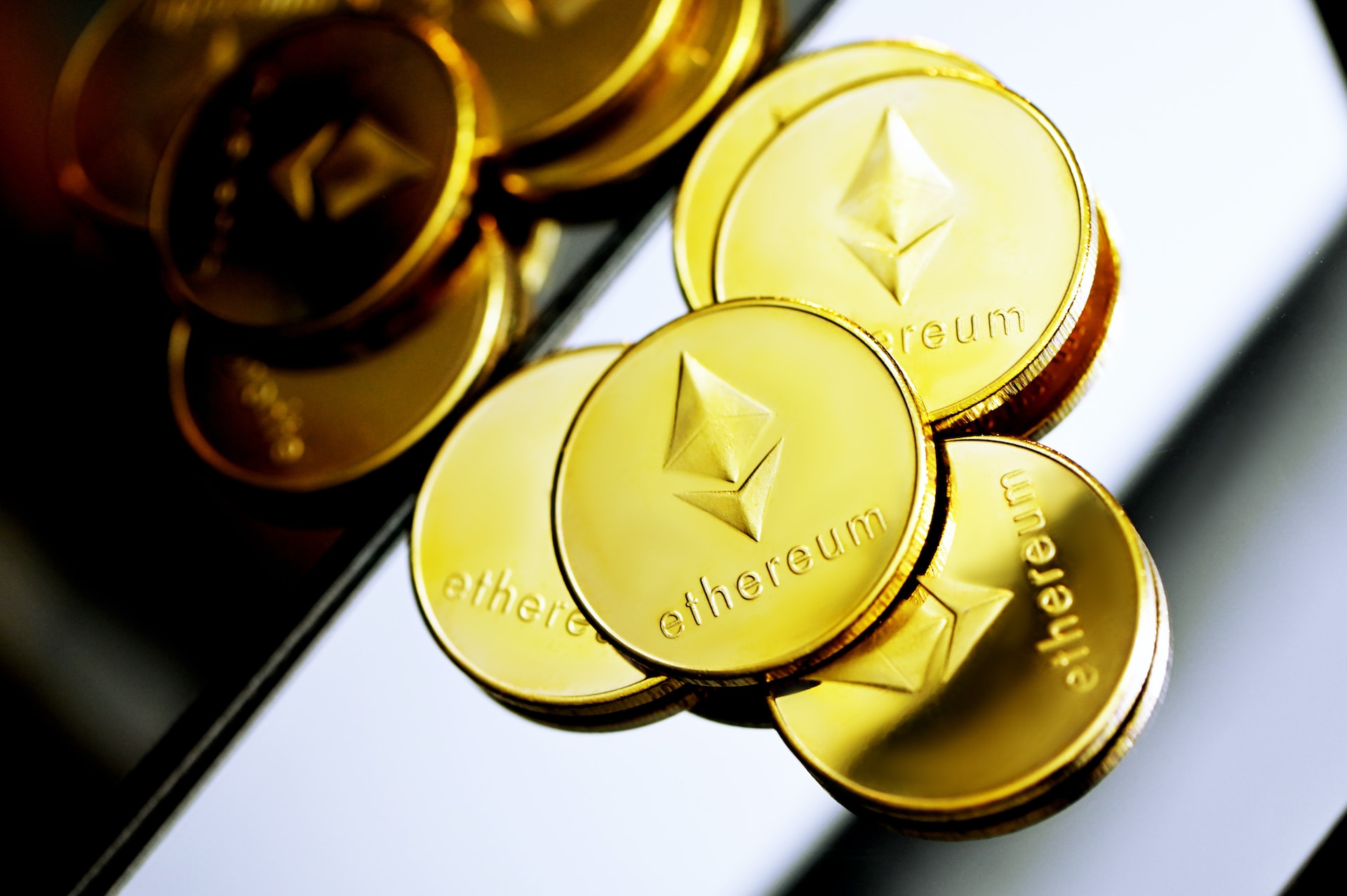
A Guide to Ethereum Rollups
Ethereum rollups are a solution to many of the issues that have traditionally plagued the Ethereum mainnet. Those problems include congestion, slow speeds, and high gas costs.
Ethereum rollups represent transactions that occur on the Layer 2 Ethereum chain that runs parallel to the main chain, or Layer 1. If you’re unfamiliar with Ethereum Layer 2 or Ethereum Rollups, here’s everything you need to know to get started.
What is an Ethereum Layer 2?
The second layer is built on top of the Ethereum blockchain. That’s Ethereum Layer 2 or the Ethereum Rollup. In essence, this secondary layer allows transactions off the mainnet or off-chain. Transactions in this layer help ease congestion on the main chain while also lowering the high gas fees associated with on-chain transactions.
Layer 2 also helps increase the scalability and efficiency of the entire Ethereum blockchain while also improving its performance. For you and others, Layer 2 networks strive to improve performance and user experience for the user.
Different types of Layer 2 solutions exist, and each has its use case and means of operating with Layer 1. Rollups work by processing transactions off-chain, bundling them, and then sending them back to the mainnet for settlement.
Because a bulk of the process happens off-chain, rollups tend to move faster and cost less. Generally, Layer 2 Ethereum Rollups happen in two main ways:
- Optimist rollups process transactions off-chain and don’t use the mainnet until disputes arise.
- Zero-Knowledge (ZK) rollups bundle transactions into a proof that then goes to the mainnet.
Why Do People Use Layer 2 Chains?
Ethereum Layer 2 chains help to reduce fees, which represents one of the primary motivations. High gas fees often come from congestion on the Ethereum chain. This deters small transactions and locks out a lot of people who would like to participate in the Ethereum ecosystem.
These second-level solutions also make it possible for more DApps to thrive and offer more services, such as the yield farms on Polygon, because of the cheaper fees.
Layer 2 chains also increase the scalability of Ethereum because it allows for more processing, an increased user base, and fewer barriers to development. Also, Layer 2 chains are just plain faster.
How to Use a Layer 2
Making use of Layer 2 isn’t difficult. All it requires is much of the same things you would normally use for interacting and using Ethereum:
- Use a compatible wallet with some ETH in it
- Use an asset bridge to move from Layer 1 to 2
- Check out the Layer 2 DeFi options in the usual way
Just make sure you’re using a secure platform that’s known. For example, the Polygon Bridge facilitates most of what you would need to participate in Polygon’s Layer 2 offerings.
Layer 2 represents a welcome come-up for users of Ethereum and the Ethereum ecosystem. In most cases, the transition between applications of either layer should occur seamlessly or at least without any hassle. If you haven’t delved into the Layer 2 Ethereum offerings, now’s a good time to see what they’re all about.


